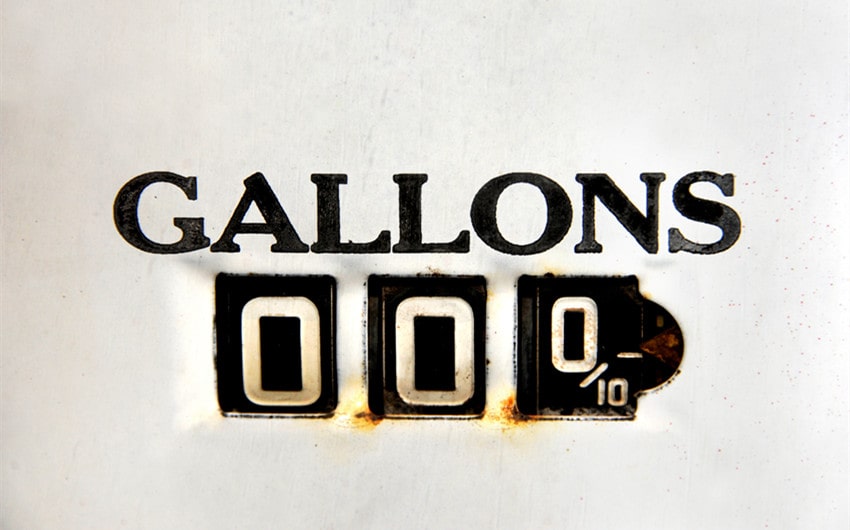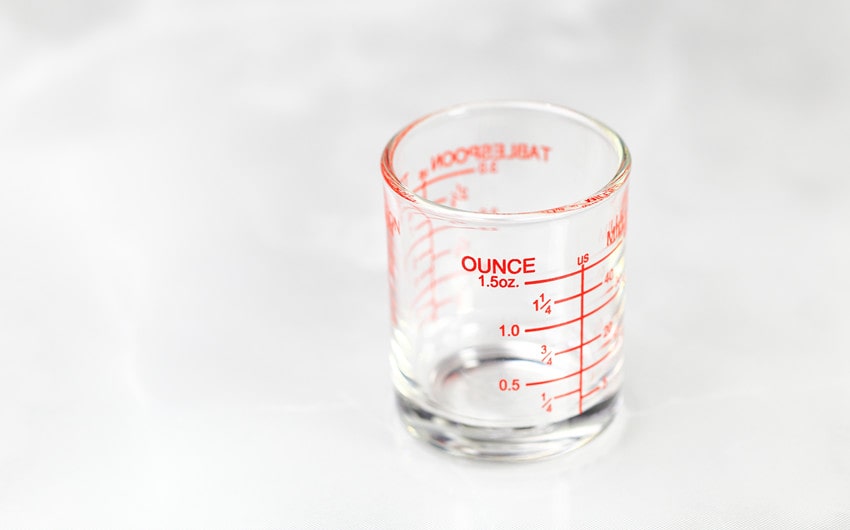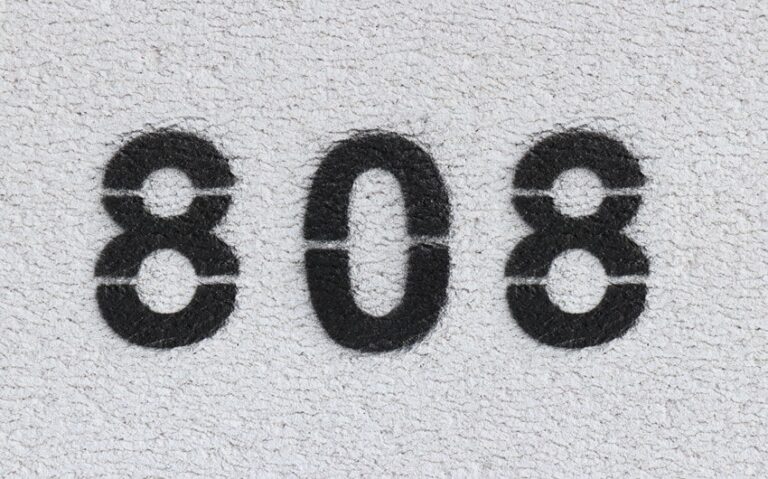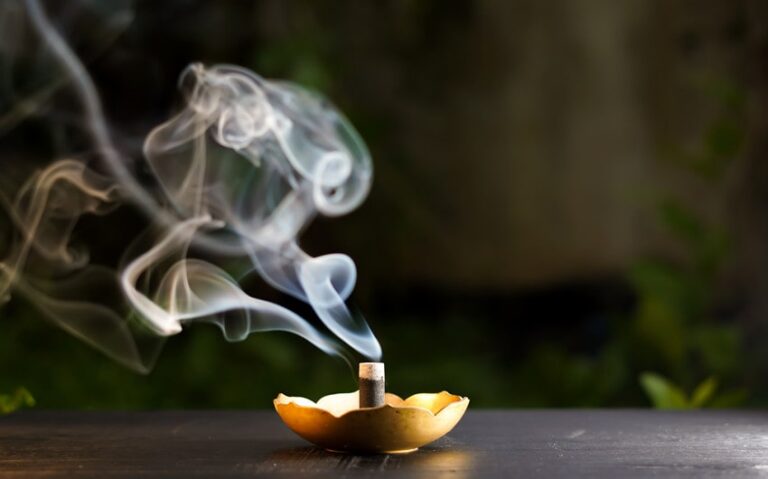How to Easily Calculate Oz in Gallon Measurements
Whether you’re cooking, tracking your water intake, or measuring fuel, understanding liquid measurements is a practical skill that comes in handy. One common question people often ask is how to calculate oz in gallon measurements. It’s a simple concept, but the answer can vary depending on whether you’re using U.S. or U.K. measurements.
Knowing these conversions can save you time, prevent mistakes, and make your everyday tasks smoother. Let’s break it down so you’ll always be prepared when ounces and gallons pop up in your life!
Understanding Gallons and Ounces
What Is a Gallon?
A gallon is a standard unit of volume measurement used primarily in the United States and the United Kingdom. It represents a large quantity of liquid, making it a common choice for measuring beverages, water, and fuel. However, it’s essential to note that the U.S. gallon and the U.K. (Imperial) gallon are not the same. The U.S. gallon equals 128 fluid ounces, while the Imperial gallon contains 160 fluid ounces, which is about 20% larger. This distinction often leads to confusion when converting measurements internationally.
What Is an Ounce?
An ounce, in the context of liquid measurement, is known as a fluid ounce (fl oz). This unit measures the volume of a liquid rather than its weight. It’s smaller than a gallon and often used for more precise measurements in cooking, hydration, or recipes. Fluid ounces are different from weight ounces, which measure mass. Keeping this distinction in mind ensures accurate conversions when working with ounces and gallons.
Why It’s Important to Understand Both
Understanding gallons and ounces is critical because they’re widely used in everyday life. From recipes requiring exact amounts of liquid to setting hydration goals, knowing how to convert between these units saves time and avoids errors. It’s particularly useful when dealing with tasks that involve both small (ounces) and large (gallons) quantities, ensuring consistency in your measurements.
Conversion: Ounces in a Gallon by System
U.S. Gallon to Fluid Ounces
In the United States, 1 gallon equals 128 fluid ounces. This measurement is used in everyday life for tasks like cooking, drinking water, and purchasing beverages. For example, if you aim to drink one gallon of water per day, you’ll need to consume 128 fluid ounces. Understanding this conversion simplifies measuring large volumes of liquid.
Imperial (U.K.) Gallon to Fluid Ounces
The U.K., however, uses the Imperial gallon, which equals 160 fluid ounces. This system is slightly different and can cause confusion for those accustomed to U.S. measurements. For instance, if a recipe calls for one gallon of water, you’ll need to know whether it’s a U.S. or U.K. gallon to get the correct amount. The larger volume of the Imperial gallon means the difference can significantly affect measurements.
Why the Difference Exists
The difference between U.S. and U.K. gallons dates back to historical measurement systems. The U.S. gallon is based on the Queen Anne wine gallon, while the Imperial gallon stems from the British Imperial system standardized in the 19th century. While both systems are valid, understanding which one applies is crucial for accuracy in conversions.

Practical Applications of the Conversion
Hydration Goals
One of the most common uses for understanding the conversion of ounces to gallons is tracking water intake. Many health experts recommend drinking a gallon of water daily for proper hydration, especially for athletes or individuals with high physical activity levels. Knowing that one U.S. gallon equals 128 fluid ounces allows you to break this down into manageable portions, such as four 32-ounce water bottles or eight 16-ounce glasses.
This knowledge makes staying hydrated feel less overwhelming and helps you track progress more accurately. Beyond personal health, this conversion is helpful when organizing hydration for events or group activities where water needs to be distributed in gallon-sized containers.
Cooking and Baking
In the kitchen, recipes often require precise measurements to ensure the perfect flavor and texture. Whether you’re preparing a large batch of soup, making homemade lemonade, or baking a cake, understanding how ounces convert to gallons can make a significant difference. For example, if a recipe calls for half a gallon of milk, knowing that it equals 64 ounces helps you measure the correct amount without over- or under-pouring.
This is especially useful for bulk cooking or scaling recipes up or down. Additionally, professional chefs and caterers frequently rely on these conversions when planning menus or purchasing ingredients in bulk.
Fuel and Automotive Needs
Gallons are the standard unit for measuring fuel in the U.S., but understanding the ounces within a gallon can provide additional clarity. For instance, when working with smaller engines like lawnmowers or motorcycles, you may need to mix fuel and oil in precise ratios. Knowing that one gallon equals 128 ounces can help you calculate the correct proportions for the mixture.
Similarly, for car enthusiasts or mechanics, understanding the ounce-to-gallon relationship is useful for tasks like measuring radiator fluid, windshield washer solution, or transmission oil.
Cleaning Solutions and Household Use
Cleaning products like detergents, disinfectants, or concentrated solutions often require mixing with water in specific ratios. For instance, a product might instruct you to dilute 1 ounce of concentrate per gallon of water. Being able to accurately measure gallons and ounces ensures the solution works effectively while avoiding waste.
Similarly, homeowners frequently use gallons and ounces for tasks like filling humidifiers, topping off swimming pools, or preparing mixtures for gardening, such as fertilizers or pesticides.
Aquarium Maintenance
For aquarium enthusiasts, maintaining the correct water volume is critical for the health of fish and other aquatic life. Aquarium tank sizes are typically measured in gallons, and knowing how many ounces of water treatment or additive to use per gallon is essential. For example, you might need to add 1 ounce of a dechlorinator for every 10 gallons of water. By understanding these conversions, you can keep your aquatic environment balanced and thriving.
Measuring Beverages and Food Storage
Beverage distributors and food service providers often rely on gallon-to-ounce conversions to manage inventory and serving sizes. For example, a gallon of iced tea or lemonade can be divided into 16 8-ounce servings. This is also helpful for meal prep enthusiasts who batch-cook and store food or drinks in gallon containers. Understanding the ounce-to-gallon conversion ensures portion control and efficient storage.
DIY Projects and Home Improvements
Gallons and ounces come into play in various DIY projects, from mixing paints and varnishes to preparing concrete or adhesives. For example, if you’re working with a project that requires precise liquid measurements, like mixing epoxy, knowing how to convert between ounces and gallons ensures accurate proportions. This is equally important for home improvements involving large-scale applications, such as waterproofing solutions or exterior treatments that require mixing large quantities.
Outdoor Activities and Camping
For outdoor enthusiasts, gallons and ounces are useful for activities like camping, hiking, or boating. Knowing how much water or fuel to pack for a trip often depends on converting between ounces and gallons to estimate usage accurately. For example, if you need to carry a gallon of water for drinking and cooking but only have smaller bottles, understanding that one gallon equals 128 ounces makes it easy to calculate how many bottles to bring.
Quick Reference for Common Conversions
To simplify conversions, here’s a quick reference guide:
| Gallons (U.S.) | Fluid Ounces (U.S.) |
| 1/4 gallon | 32 fluid ounces |
| 1/2 gallon | 64 fluid ounces |
| 3/4 gallon | 96 fluid ounces |
| 1 gallon | 128 fluid ounces |
| Gallons (U.K.) | Fluid Ounces (U.K.) |
| 1/4 gallon | 40 fluid ounces |
| 1/2 gallon | 80 fluid ounces |
| 3/4 gallon | 120 fluid ounces |
| 1 gallon | 160 fluid ounces |
This table provides a handy comparison for both U.S. and U.K. systems, making conversions straightforward and ensuring accuracy in measurements.







